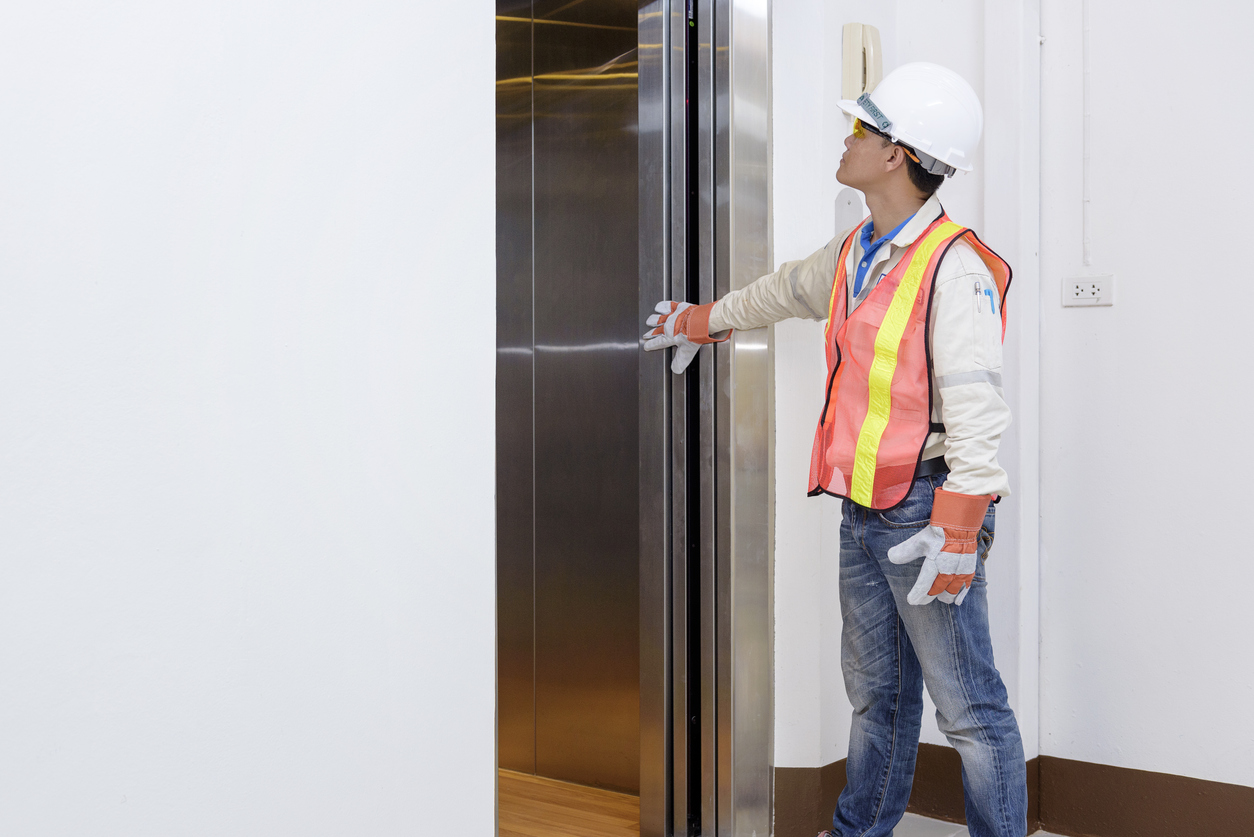The Importance of Regular Lift Inspections: Ensuring Safety and Efficiency
Introduction
In today’s fast-paced world, lifts have become an integral part of our daily lives, providing convenient and efficient vertical transportation in buildings. However, like any mechanical system, lifts require regular maintenance and inspections to ensure their safe and reliable operation. In this blog, we will explore the significance of lift inspections, the key aspects involved in the inspection process, and why they are crucial for the safety of passengers and the efficient functioning of these essential devices.
The Purpose of Lift Inspections
Lift inspections serve a vital purpose in guaranteeing the safety of both passengers and technicians who work on these complex machines. The primary objectives of lift inspections are to identify potential hazards, ensure compliance with safety regulations, and maintain the lift’s optimal performance.
By conducting regular inspections, lift owners and operators can proactively identify and address any mechanical or electrical issues before they escalate into major problems. These inspections also provide an opportunity to verify the functionality of safety features such as emergency brakes, door sensors and safety switches. Ultimately, the purpose of lift inspections is to prevent accidents, minimise downtime, and extend the lifespan of the lift.
Regulatory Compliance
Lift inspections are not only necessary for safety reasons but also to comply with regulations and standards. Many countries and regions have specific regulations in place that mandate regular lift inspections. These regulations outline the frequency, scope, and documentation requirements for lift inspections.
By adhering to these regulations, lift owners demonstrate their commitment to passenger safety and avoid potential legal liabilities. Compliance also ensures that the lift remains covered by insurance policies and meets the standards set by relevant regulatory bodies. Regular inspections and proper record-keeping demonstrate due diligence and responsible lift management.
The Inspection Process
The lift inspection process typically involves a comprehensive examination of various lift components, systems, and safety features. Qualified inspectors, often employed by specialised inspection agencies, perform these inspections.
During an inspection, inspectors thoroughly examine the lift’s machinery, including cables, pulleys, motors, and control systems. They also assess the functionality of safety devices like overspeed governors, door interlocks, and emergency communication systems. Structural elements, such as the lift shaft, doors, and car platform, are inspected for any signs of wear, corrosion, or damage. Electrical systems, including wiring, switches, and lighting, are also carefully examined.
Furthermore, lift inspectors verify compliance with relevant safety codes, including accessibility requirements for individuals with disabilities. They may conduct performance tests, such as ride quality assessments, to ensure the lift operates within the specified parameters.
Benefits of Regular Inspections
Regular lift inspections offer numerous benefits to both lift owners and passengers. Firstly, inspections enhance passenger safety by identifying potential hazards and ensuring that safety systems are in proper working condition. This significantly reduces the risk of accidents, malfunctions, or entrapments, providing peace of mind to building occupants.
Secondly, inspections contribute to the efficient operation of lifts. Identifying and addressing minor issues before they escalate can prevent costly breakdowns and unplanned downtime. Well-maintained lifts also tend to be more energy-efficient, reducing operational costs in the long run.
Moreover, regular inspections improve the overall lifespan of lifts. By detecting and rectifying problems early on, lift owners can avoid premature wear and extend the longevity of vital components, thus minimising the need for costly repairs or replacements.
Conclusion
Lift inspections play a critical role in ensuring the safety and efficiency of these indispensable vertical transportation devices. By adhering to regulatory requirements, lift owners and operators demonstrate their commitment to passenger well-being while mitigating potential legal risks. Regular inspections enable the identification of issues before they become major concerns, contributing to the reliable and smooth functioning of lifts. By prioritising lift inspections, we can create safer environments, reduce operational costs, and enhance the overall experience of passengers who rely on lifts every day.


